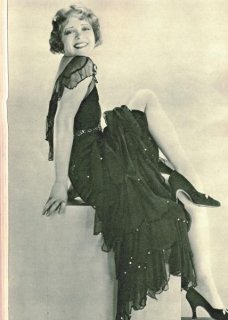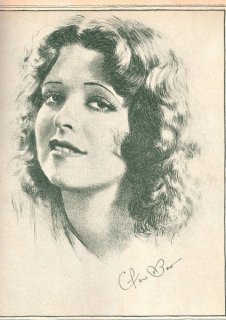SomethingElse
Press escape to continue.
- Joined
- Mar 22, 2007
- Messages
- 5,445
- Reaction score
- 0

Here is the link to her wiki page. And her filmography.
Between 1922 and 1929, Clara Bow's vitality and sexiness defined the liberated woman of the 1920s. Clara Bow (1906-1965) became one of Hollywood's brightest lights during this time. Clara was known as 'The "It" Girl'. "It" symbolized the tremendous progress women were making in society, and leading the way was Clara Bow, the girl of the year, who had "It" in abundance. On the set she was full of charm and wit. She was also a thorough professional, and this was asserted by people who knew and worked with her, such as Colleen Moore, Diana Serra Cary ("Baby Peggy") and Louise Brooks.
Clara Bow was an actress of range and depth. Clara played a variety of roles including manicurists, waitresses and department store clerks. In The Plastic Age (Preferred Pictures, 1925), the audience was just warming up to her delicious revelry. It was in her first, bona fide mega-hit Mantrap (Paramount, 1926) that she absolutely enthralled the audience. They and the usually jaded critics behaved as if she had just arrived in a glorious burst of fireworks, even though she had paid her dues in quite a few earlier pictures. Variety, on July 14, 1926, exclaimed, "Clara Bow! And how! What a 'Mantrap' she is! And how this picture is going to make her! Miss Bow just walks away with the picture from the moment she steps into camera range." It (Paramount, 1927) was the pinnacle of her youthful career and forever made her a household Hollywood goddess.
The "It" Girl was so hot and bright. It was inevitable that she would burn out personally and professionally. It's shocking to think that her career was over in 1933 when she was all of 26 years old. This was after she had made millions for her studio, Paramount, and had risen to the stature of one of the most well-known stars in the world. We wonder how it happened and why.
David Stenn's book Clara Bow - Runnin' Wild (Doubleday, 1988), uncovers the terrible secrets and burdens that Clara bore from the time she was a tiny child through her career. As it turns out she was the daughter of a schizophrenic mother and a sexually abusive father. Mr. Stenn successfully dispells the cruel myths surrounding Clara. He has also argued that lies make better copy than truth. Clara's career, and her potential revival, have suffered due to two diverse but crucial issues. First, she was condemned unfairly by the Hollywood community for her questionable morality.
Secondly, most of her films have been lost. Her morality was thoroughly questioned by Budd Schulberg, son of powerful producer B.P. Schulberg. Budd knew Clara when she was under personal contract to B.P. Budd became closely acquainted with Clara beginning at age 10. In his book Moving Pictures: Memories of a Hollywood Prince (Stein and Day, 1981), he reveals:
" Hollywood was a cultural schizophrene: The anti-movie Old Guard with their chamber music and their religious pageants fighting a losing battle against the more dynamic culture of the Ad Schulbergs who flaunted the bohemianism of Edna St. Vincent Millay and the socialism of Upton Sinclair. But there was one subject on which staid old Hollywood establishment and the members of the new culture circle would agree: Clara Bow, no matter how great her popularity, was a low-life and a disgrace to the community."
Out of the 56 films (silent and sound) she made, only a possible 37 exist in their entirety or in bits and pieces. Only 16 titles, 11 of them silents, are available on video. The remaining films that survive are squirreled away in the Library of Congress or other archive.
These are Clara's films available on video:
Down to the Sea in Ships (1922)
Capital Punishment (1925)
The Primrose Path (1925)
Free to Love (1925)
The Plastic Age (1925)
My Lady of Whims (1926)
Dancing Mothers (1926)
Mantrap (1926)
Hula (1927)
It! (1927)
Wings (1927)
The Wild Party (1929) - (her first talkie)
Dangerous Curves (1929)
The Saturday Night Kid (1929)
True to the Navy (1930)
No Limit (1931]
Clara died in 1965. Sadly, her childhood of poverty, violence, and insanity, together with public scandals during her stardom left Clara mentally fragile and incapacitated for the later years of her life. She died in solitude.
ac.aup.fr . library.csi.cuny.edu





















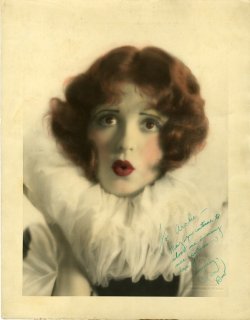

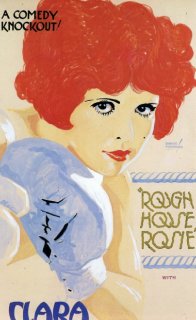
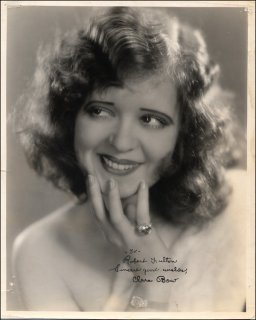
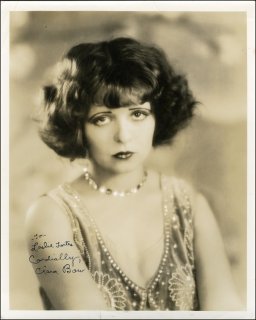
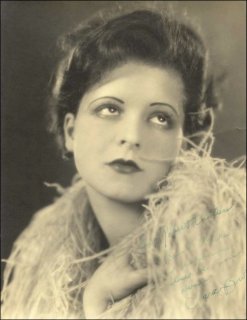
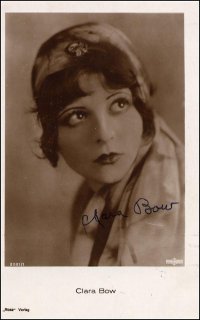

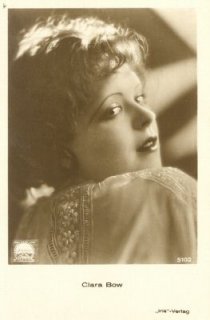
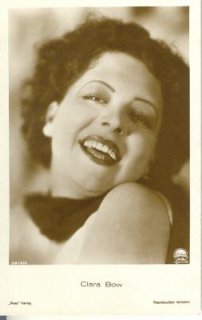
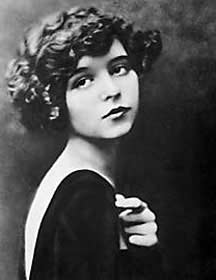
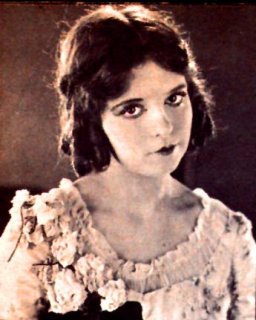
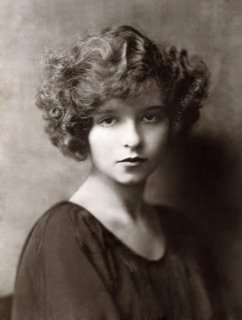
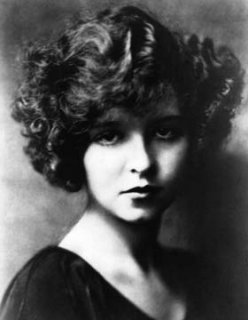
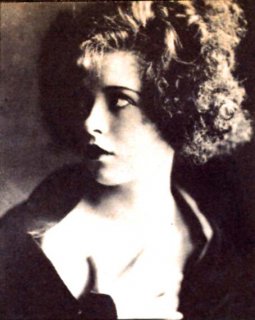
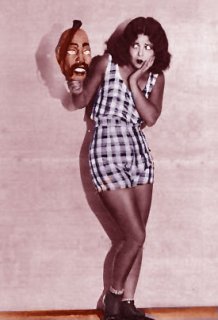
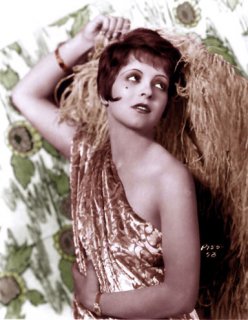
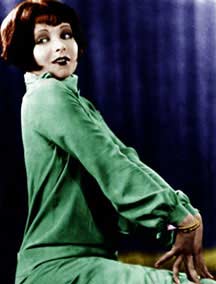
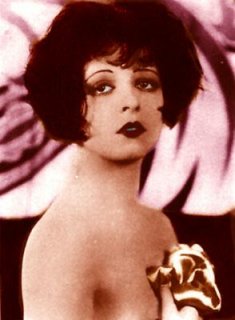
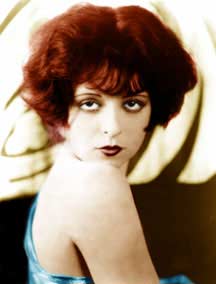
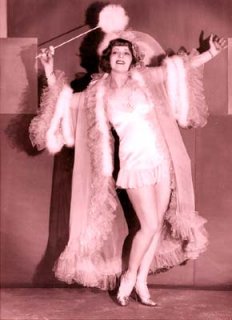
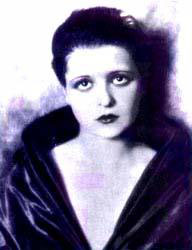

 ....
....